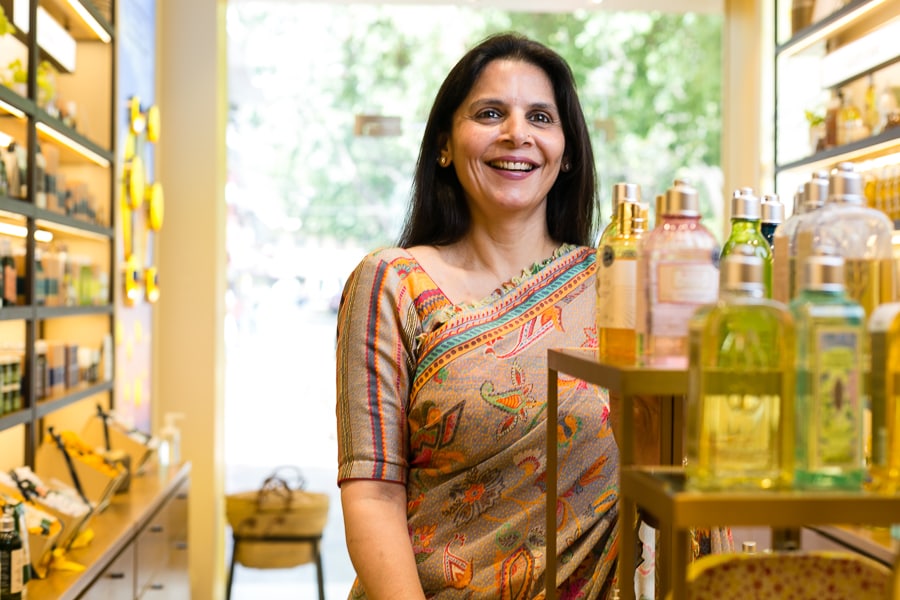
Personal care brands see wind in their sales
A number of new players emerged stronger through the pandemic latching on to a hybrid model of online and offline
 Shantanu Deshpande, founder, Bombay Shaving Company
Shantanu Deshpande, founder, Bombay Shaving Company
Image: Amit Verma
During the peak of the lockdown, Shantanu Deshpande, founder, Bombay Shaving Company, realised the growing demand for women's shaving products during a conversation with his wife Sakshi. He recalls, “She told me, ‘It’s ridiculous that you run a shaving company, and there is nothing for me.’ That’s when it struck me that there was a potential gap in this market.”
Though few players do exist in this space, Deshpande believed there was space to grow. Six months ago, the team finally launched a line for women’s hair removal products—from a face razor to an aftershave lavender soothing gel. Today, the company has a 7 percent market share of women’s hair removal products.
The pandemic has been a blessing in disguise for a lot of companies like Bombay Shaving Co. “We got the chance to take a step back and revisit our existing strategies—stuff that you can easily ignore, like skill building of employees and rebranding if needed.”
During this period, a lot of other sectors such as hospitality and travel suffered, but many of the self and personal care brands managed to thrive. According to Statista, India’s beauty and personal care market, estimated at $25.9 billion in 2020, is projected to reach $32.7 billion by 2023, growing at a CAGR of 8.1 percent.
While the lockdown impacted both small and large players, those with an online focus found it easier to bounce back. Bombay Shaving Company is such an example. “It was a lot easier for us to compete with our offline-friendly competitors on a 5-inch screen as opposed to 2 million stores,” says the founder & CEO. Bombay Shaving Co is currently 3.5x bigger than what they were pre-Covid and at an annual recurring revenue (ARR) of Rs 100 crore. Besides online, offline, too, has contributed to such growth—accounting for 25 percent of their business, up from 20 percent—especially after January 2021.



 Vivek Sahni, CEO, Kama Ayurveda
Vivek Sahni, CEO, Kama Ayurveda
 Simi Dewan, country head (DGM) of L’Occitane India
Simi Dewan, country head (DGM) of L’Occitane India



